Research
Search our website
Search our website by entering a keyword or choose a database above to search specifically.
Search
Showing search results 8,181 - 8,190
14,722 results found

Torhoutsesteenweg 686, Oostende, Belgium

Torrekensstraat 33-35, Merelbeke, Belgium

Tongersesteenweg z.n., Kortessem, Belgium

Torhoutstraat 83, Kortemark, Belgium

Torenstraat 7, Peer, Belgium

Trieststraat 142, Assenede, Belgium

Trekschurenstraat 37, Hasselt, Belgium

Truyenstraat 60, Kinrooi, Belgium

Truilingenstraat 38c, Gingelom, Belgium

Trekschurenstraat z.n., Hasselt, Belgium








